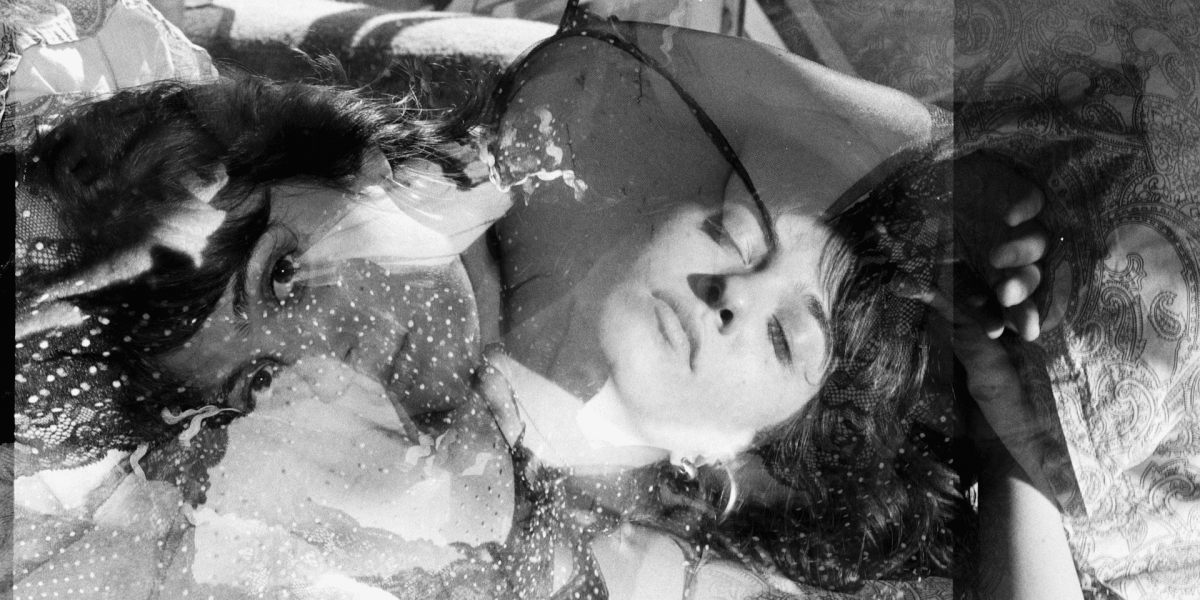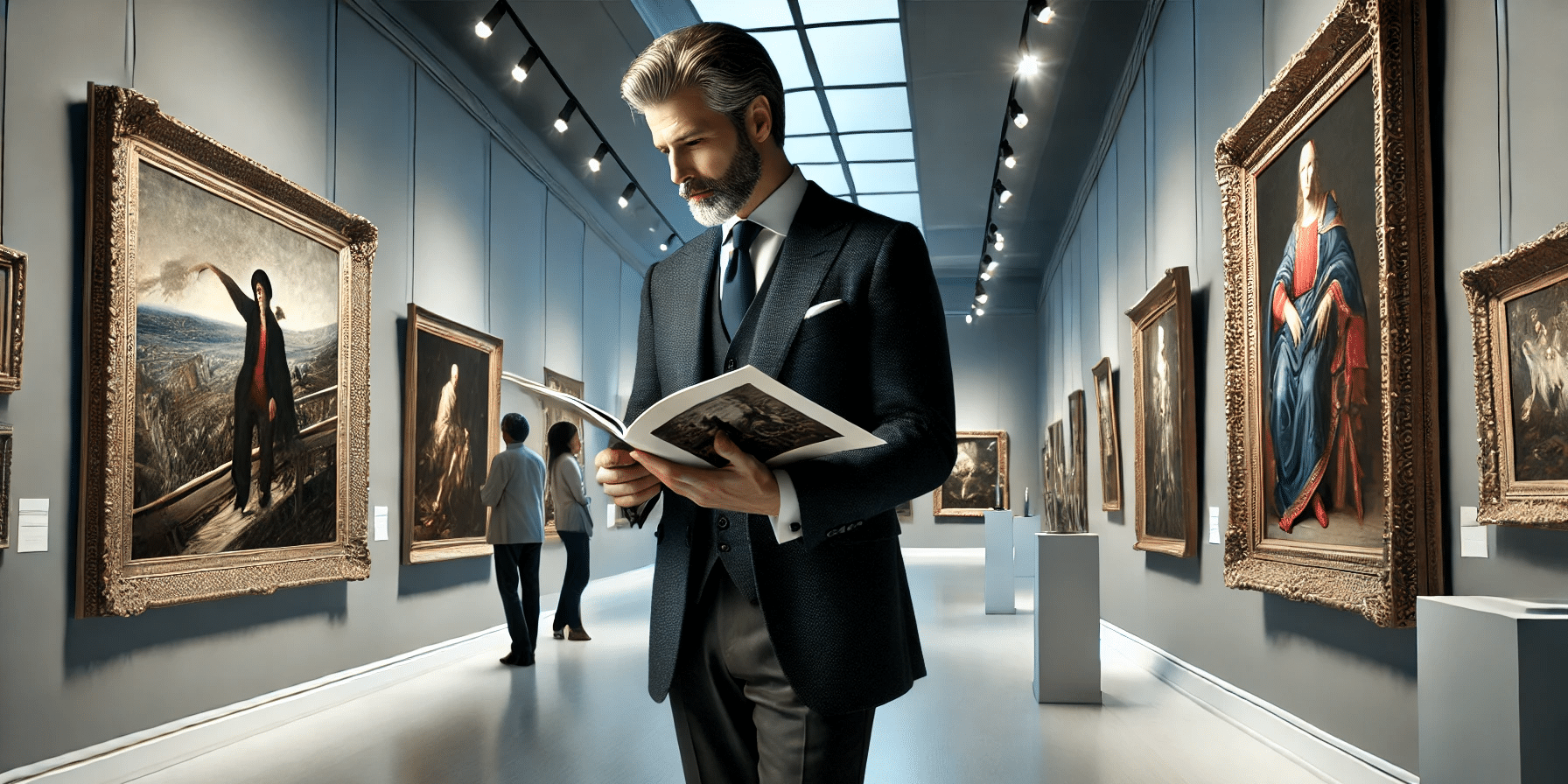Have you ever noticed those subtle layers of images or text that appear on the screen during a movie or TV show? These overlays, often used in films, play a crucial role in enhancing the storytelling experience and conveying important information to the audience. In this article, we’ll delve into the world of overlaying in films, exploring how it moves the story forward, adds depth to characters, and creates a more immersive viewing experience for audiences.
What is Overlaying in Films?
Overlaying, also known as superimposition, is a filmmaking technique where one image or layer is placed over another on the screen. This can include text, graphics, special effects, or additional footage that is superimposed onto the main image. Overlaying is commonly used to convey information, set the mood, or create visual metaphors that enhance the narrative and engage the audience on a deeper level.
Conveying Information
One of the primary functions of overlaying in films is to convey information to the audience in a visually engaging way. This can include displaying dates, locations, or other contextual information that helps viewers understand the time and place in which the story is set. For example, overlaying might be used to show the date and location of a scene transition or to provide background information about a character or event.
Setting the Mood
Overlaying is also used to set the mood and tone of a scene, adding depth and complexity to the storytelling experience. By overlaying images or text with specific colors, textures, or visual effects, filmmakers can create an atmosphere that reflects the emotional content of the scene. For example, overlaying a scene with a hazy filter and soft lighting can convey a sense of nostalgia or romance, while overlaying with dark, gritty textures can evoke feelings of tension or suspense.
Creating Visual Metaphors
Overlaying is a powerful tool for creating visual metaphors that enhance the thematic elements of a film and deepen its meaning. By superimposing images or text that symbolize key themes or motifs onto the main image, filmmakers can convey complex ideas and emotions in a subtle and visually compelling way. For example, overlaying a scene with images of birds flying overhead might symbolize freedom or escape, while overlaying with images of chains or bars might represent confinement or oppression.
Enhancing Character Development
Overlaying can also be used to enhance character development and reveal inner thoughts or emotions that might not be expressed through dialogue alone. By overlaying images or text that reflect a character’s thoughts, memories, or psychological state onto the main image, filmmakers can provide insight into their motivations and internal struggles. For example, overlaying a scene with flashbacks or dream sequences can offer glimpses into a character’s past traumas or aspirations, helping audiences to empathize with their journey.
Creating Visual Transitions
Overlaying is often used to create seamless transitions between scenes or to signify changes in time, location, or perspective. By overlaying images or text that bridge the gap between two consecutive shots, filmmakers can maintain continuity and momentum in the storytelling process. For example, overlaying a scene with a fade-in/fade-out effect or a dissolve transition can signal a change in time or location, while overlaying with a split-screen effect can show parallel events occurring simultaneously.
Immersing the Audience
Ultimately, the goal of overlaying in films is to immerse the audience in the story and create a more dynamic and engaging viewing experience. By layering images, text, and visual effects onto the main image, filmmakers can captivate the audience’s attention and draw them deeper into the narrative. Whether used to convey information, set the mood, create visual metaphors, or enhance character development, overlaying plays a crucial role in bringing the story to life on the screen.
Creating a New Experience
Overlaying in films is a versatile and powerful technique that enhances the storytelling experience in a variety of ways. From conveying information and setting the mood to creating visual metaphors and enhancing character development, overlaying adds depth, complexity, and visual interest to the narrative. By using this technique thoughtfully and creatively, filmmakers can captivate audiences and transport them to new worlds, making the viewing experience both memorable and immersive.







